In the animal kingdom, teeth are one of the most common tools used for survival—whether for eating, defense, or building shelter. However, not all animals have teeth. In fact, many fascinating creatures get by perfectly well without them. In this article, we will explore what animals do not have teeth, how they manage to eat and survive, and what evolutionary advantages this unique trait might offer.
One of the most well-known groups of toothless animals is birds. Birds evolved from dinosaurs that had teeth, but over time, they developed beaks and lost their teeth. While this might seem like a disadvantage, birds have adapted in remarkable ways to compensate for the lack of teeth.
Beaks: Birds have beaks of different shapes and sizes depending on their diet. For example, eagles have sharp, hooked beaks for tearing meat, while ducks have wide, flat beaks designed for filtering water.
Gizzards: Since birds don’t chew their food, they use a special organ called a gizzard. The gizzard is a muscular part of the digestive system that grinds food into smaller pieces, often with the help of small stones the bird swallows.
Fast Digestion: Birds have very efficient digestive systems that process food quickly, allowing them to extract nutrients without the need for teeth.
This toothless adaptation has helped birds become one of the most diverse and widespread animal groups on the planet.
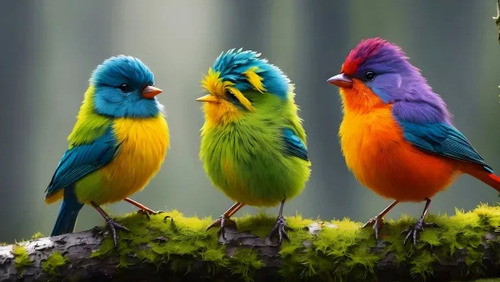
Anteaters are another fascinating example of animals that do not have teeth. These unique mammals have long, sticky tongues that they use to capture ants and termites, their primary food source. Their mouths are narrow and tubular, perfectly designed for slurping up insects from nests and colonies.
Long Tongue: Anteaters can extend their tongue up to 2 feet (60 cm) in length to reach deep into insect nests.
Sticky Saliva: Their saliva is incredibly sticky, which allows them to capture hundreds of ants or termites in a single sweep of the tongue.
Strong Stomachs: Once the insects are swallowed, they are crushed in the anteater’s stomach, which has specially adapted muscles and gastric juices that help break down the hard exoskeletons of insects.
By adapting to a toothless lifestyle, anteaters have become highly specialized hunters in their ecological niche.
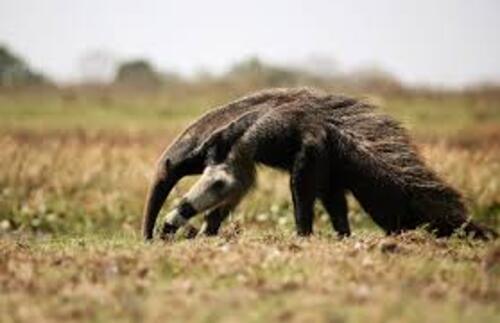
Some of the largest animals on Earth, like baleen whales, do not have teeth. Instead, these whales have baleen plates made of keratin (the same substance found in human hair and nails) that they use to filter small fish, krill, and plankton from the water.
Filter Feeding: Baleen whales take in large gulps of water and then push it out through their baleen plates. The tiny creatures they feed on get trapped in the baleen, allowing the whale to swallow them.
Massive Mouths: Despite not having teeth, baleen whales can have incredibly large mouths, some capable of holding up to 90 tons of water and prey at once.
Efficient Eating: This method of filter feeding allows baleen whales to consume massive amounts of food quickly and efficiently, making them some of the most effective predators in the ocean despite their toothless condition.
Whales like the blue whale, humpback whale, and gray whale all belong to this group of gentle, toothless giants.
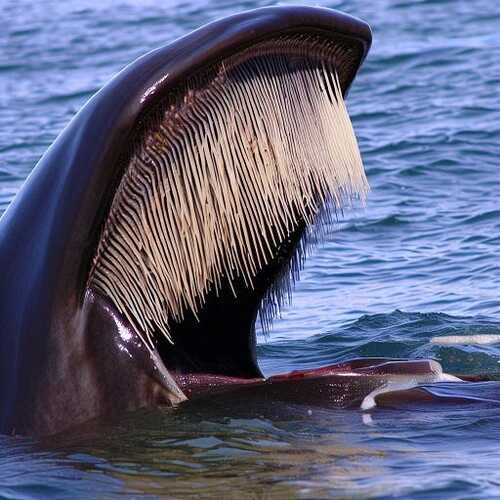
Pangolins are another group of toothless mammals, covered in protective scales made of keratin. These nocturnal animals have tongues that are longer than their bodies, allowing them to feed on ants and termites deep within their nests.
Sticky Tongue: Like anteaters, pangolins use their long, sticky tongues to capture insects.
Muscular Stomach: Pangolins have a muscular stomach that grinds the insects, aided by small stones or sand they swallow, much like a bird's gizzard.
Scale Protection: While hunting for insects, pangolins are protected by their tough, armor-like scales, which keep them safe from predators despite their relatively small size and lack of teeth.
Pangolins are highly adapted to their insectivorous diet, thriving without the need for teeth.
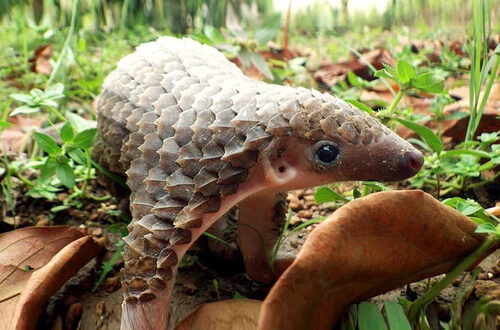
Turtles and tortoises are reptiles that also do not have teeth. Instead, they have hard, beak-like structures that allow them to tear or cut their food. Depending on the species, turtles can be herbivorous, carnivorous, or omnivorous, and their beaks are specialized for their particular diet.
Beak Adaptations: Carnivorous turtles have sharp beaks for tearing meat, while herbivorous turtles have broad, flat beaks suited for crushing plant matter.
Swallowing Whole: Turtles often swallow their food whole or in large chunks, using their strong jaws to break it down without the need for teeth.
Long Lifespan: Interestingly, turtles are known for their longevity, and their toothless beaks are part of the reason they have such slow, energy-efficient lifestyles.
Turtles have been around for millions of years, showing that teeth are not always necessary for long-term survival and success.
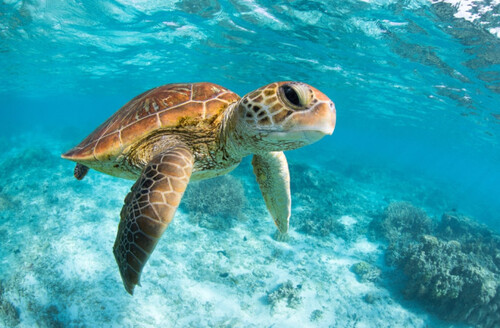
Sea stars, or starfish, may not look like typical predators, but they are effective hunters in their ocean environments despite having no teeth. These marine creatures use their tube feet to pry open shellfish and then evert their stomachs to digest prey outside their bodies.
Tube Feet: Sea stars use hundreds of tiny tube feet to pry open the shells of clams, mussels, and other mollusks.
External Digestion: Once the shell is opened, the sea star pushes its stomach out through its mouth and begins digesting the soft parts of its prey externally.
Enzymatic Breakdown: The sea star’s digestive enzymes break down the food, allowing it to absorb nutrients without the need for teeth.
This unique feeding strategy makes sea stars some of the most unusual toothless predators in the ocean.
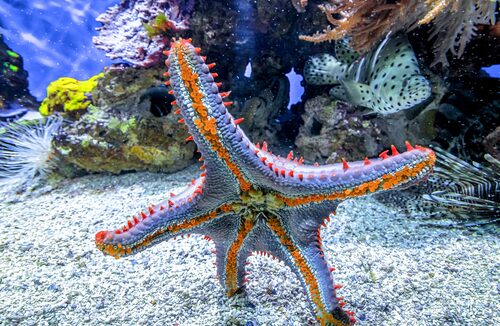
Echidnas, also known as spiny anteaters, are one of only five species of monotremes, a group of egg-laying mammals. Like anteaters and pangolins, echidnas are toothless, but they have developed a number of specialized adaptations that allow them to thrive without teeth.
Long, Sticky Tongue: Echidnas have long, sticky tongues that they use to capture insects like ants and termites. Their tongues can move quickly in and out of their mouths, allowing them to consume large numbers of insects in a short time.
Grind Food in the Mouth: Instead of chewing with teeth, echidnas have tough pads at the back of their mouths that grind up the food before swallowing.
Strong Claws: Echidnas use their strong claws to tear apart logs, termite mounds, and ant hills, making it easier to access their prey.
Echidnas’ toothless lifestyle is well-suited to their insectivorous diet, and their unique method of food processing allows them to live successfully in a variety of habitats across Australia and New Guinea.
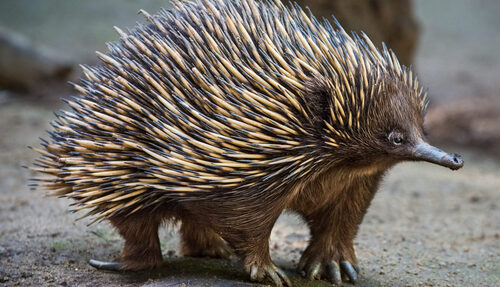
The platypus is another monotreme, and like the echidna, it also lacks teeth. The platypus is a semi-aquatic mammal found in Australia, and it has a number of strange and fascinating adaptations that make it one of the most unique toothless animals.
Bills and Electroreception: The platypus has a soft, duck-like bill that is highly sensitive and uses electroreception to detect the electrical signals emitted by its prey. This allows the platypus to hunt effectively in murky waters where visibility is low.
Grinding Plates: Although platypuses don’t have traditional teeth, they do have grinding plates inside their bills. These plates are used to crush and grind food, which mainly consists of aquatic invertebrates like worms, insects, and small crustaceans.
Storage Cheeks: Platypuses store food in their cheek pouches as they forage underwater. Once they return to the surface, they chew and process the food using their grinding plates before swallowing it.
The platypus’s evolutionary adaptation to life without teeth has made it a highly efficient forager in aquatic environments.
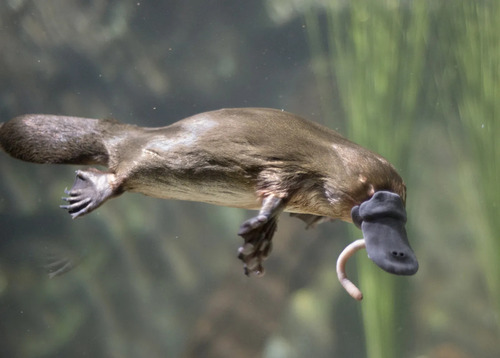
Lampreys are primitive, jawless fish that date back more than 300 million years, making them some of the oldest vertebrates on the planet. Lampreys do not have true teeth, but they possess tooth-like structures made of keratin, which they use in a rather unique and sometimes gruesome way.
Suction and Rasping: Lampreys are parasitic creatures that attach themselves to other fish using their suction-cup-like mouths. Once attached, they use their keratinous "teeth" to rasp away the skin of their host, allowing them to feed on the blood and bodily fluids of the fish.
No Jaws: Unlike most fish, lampreys lack jaws, which is why they rely on suction to feed. They are able to clamp onto their hosts securely while they feed over extended periods of time.
Blood-Sucking Lifestyle: Some species of lampreys are parasitic for their entire lives, while others may feed on other organic materials without harming living hosts.
Lampreys represent one of the more unusual adaptations to a toothless, jawless existence in the animal kingdom.
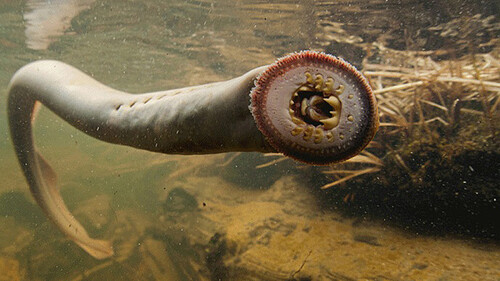
While we’ve already covered land-dwelling turtles, sea turtles also deserve special attention as another group of toothless creatures. These ancient reptiles have evolved without teeth, yet they are highly efficient predators and foragers in their ocean habitats.
Sharp Beaks: Sea turtles have strong, beak-like mouths adapted to their diet. Carnivorous species like the loggerhead turtle have powerful, hooked beaks for tearing apart jellyfish, crabs, and mollusks, while herbivorous species like the green sea turtle have serrated beaks that help them shred and eat seagrass and algae.
Swallowing Whole: Sea turtles typically swallow their food whole or in large chunks, relying on their powerful jaws and digestive systems to break down the food without needing to chew.
Adaptations for Marine Life: Sea turtles have streamlined bodies and paddle-like flippers, allowing them to cover great distances in the ocean while foraging for food, despite not having teeth.
Sea turtles have thrived for millions of years, successfully foraging and feeding without the need for teeth, a testament to their remarkable evolutionary resilience.
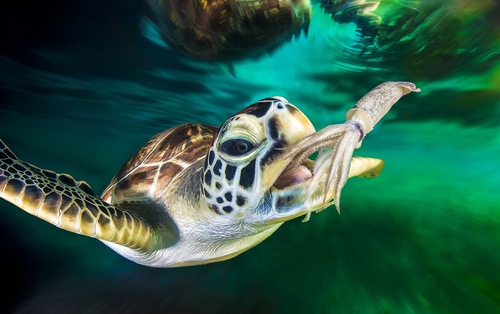
Hagfish are jawless, toothless aquarium/52-marine-animals.html">marine animals known for their slimy defenses and scavenging lifestyle. These ancient creatures, like lampreys, have existed for over 300 million years, surviving in deep-sea environments by feeding on dead and decaying matter.
Feeding on Carcasses: Hagfish typically feed on the carcasses of dead sea animals. They use their keratin-based "tooth-like" structures to burrow into the bodies of dead animals, consuming the soft tissues from the inside out.
Slime Production: When threatened, hagfish release copious amounts of slime, which can clog the gills of potential predators. This slimy defense mechanism, combined with their toothless feeding method, has allowed hagfish to thrive as scavengers in the deep sea.
Flexible Jaws: While they lack true teeth, hagfish have flexible, rasping jaws that allow them to break down soft tissue efficiently, ensuring they can feed even without the typical bite-and-chew approach.
Hagfish are among the most unique toothless animals, showcasing how scavenging and defense mechanisms have shaped their survival strategies over hundreds of millions of years.
From birds and anteaters to lampreys and sea turtles, the animal kingdom is full of toothless creatures that have evolved incredible adaptations to thrive without teeth. These animals have found alternative methods of eating, hunting, and defending themselves, proving that teeth are not a universal requirement for survival.
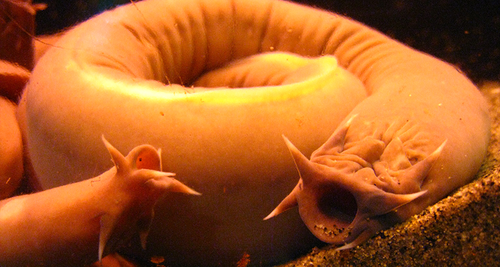
While teeth are a common evolutionary tool, many animals have found remarkable ways to thrive without them. From the beaks of birds and turtles to the tongues of anteaters and pangolins, and even the baleen plates of whales, these animals have adapted to their environments in creative and effective ways.
Understanding what animals do not have teeth not only highlights the diversity of life on Earth but also shows how evolution can lead to incredible adaptations that allow creatures to survive and thrive without this seemingly essential feature.
animal tags: teeth
We created this article in conjunction with AI technology, then made sure it was fact-checked and edited by a Animals Top editor.